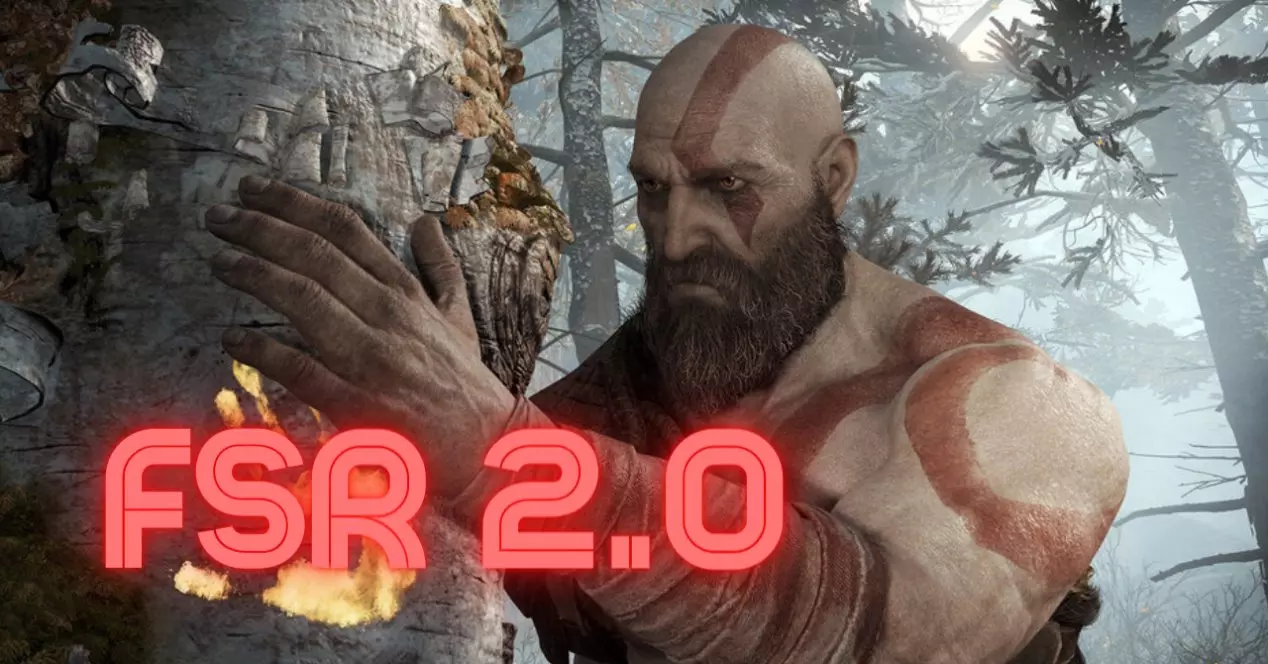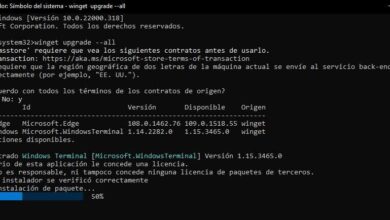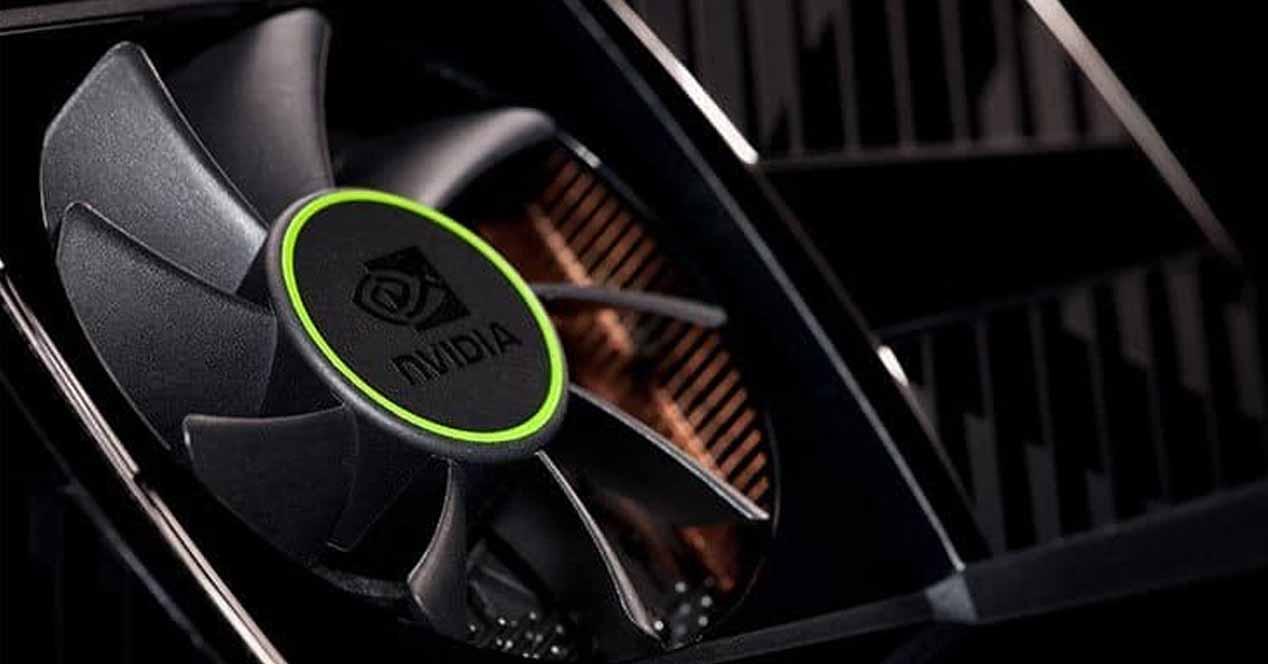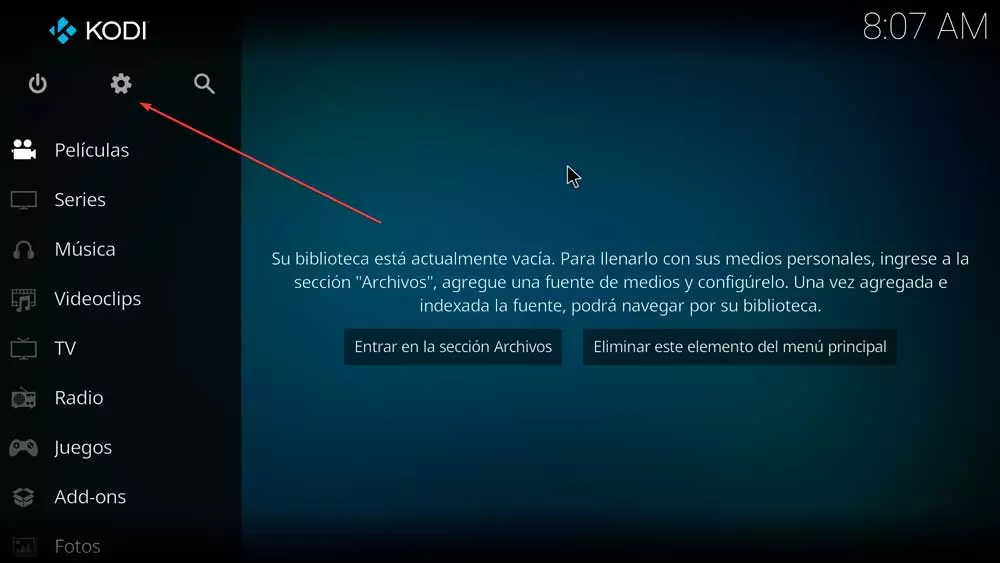
A few days ago the game God of War received an update that allows the use of the new AMD FSR 2.0 technology. This new technology allows to improve the FPS rate and with an improvement of image quality with respect to the previous generation. Now, they have tested the game God of War with FSR 2.0 active in 1080p resolution with a Radeon 660M graphicswith an interesting performance.
AMD FSR 2.0 technology has improved quite a bit over the first version of this technology. This new version sacrifices a few FPS to offer better image quality. Currently, it is more or less on par in performance and graphic quality of NVIDIA DLSS 2.3.
This is how God of War performs on an AMD Radeon 660M with FSR 2.0
Run this game which adds the new AMD upscaling technology, on a dedicated mid-range graph, it doesn’t give much data. Logically, performance will improve, but performance before running with FSR 2.0 should already be good. Without a doubt, it is interesting to see how it performs with more discreet solutions.
TechEpiphany, a YouTube channel, has tested God of War with FSR 2.0 on two laptop graphics cards. The first solution had a Ryzen 5 6600H APU 6 cores and 12 threads with a Radeon 660M. This graphic has 384 Stream Processors and a frequency of 1.9 GHz. More or less this is the same graphic as the one integrated in the Steam Deck console.
God of War has been tested with FSR 2.0 at a 1080p resolution in the modes Balanced and Performance. For both cases, the performance has been very good, offering a rate higher than 30 FPS, offering some fluidity. Note that in Balanced mode, there have been some drops in FPS.
Note that in Balanced mode the game runs at 635p resolution and scales to 1080p. For Performance mode it runs at 540p resolution and scales to 1080p.
We must indicate that the game God of War requires a minimum Radeon RX 5700 graphics card. The Radeon 660M, in terms of performance, is well below the minimum requirements for this game. The fact that we can run the game with such a simple graphics card is something really spectacular.
The strength of FSR is that it does not require dedicated hardware.
Even though AMD’s technology lags behind NVIDIA’s upscaling technology, there’s something very cool about it. The technology developed by AMD does not need additional hardware, while that of NVIDIA requires Tensor Cores. Requiring no additional hardware, it can be run on virtually any graphics card.
According to AMD, it can be run on Radeon RX 500 Series graphics and higher and on NVIDIA GTX 10 Series graphics and higher. Theoretically, this technology will also be able to run on Intel graphics, although they are yet to be commercially available.
The evolution of FSR, between the first version and the second, is remarkable. Graphics performance has been sacrificed a bit in favor of more image quality. This allows it to compete with NVIDIA technology.



